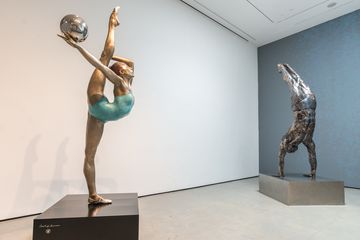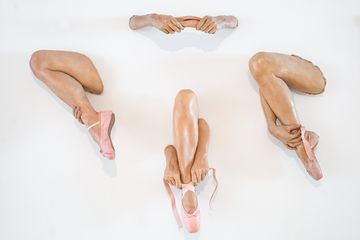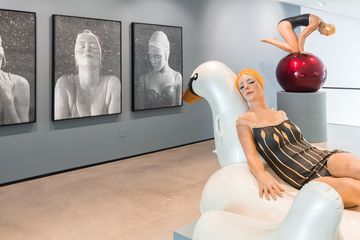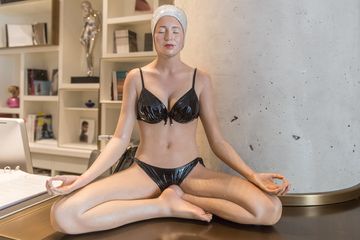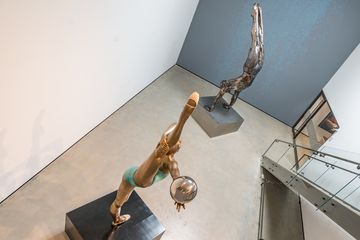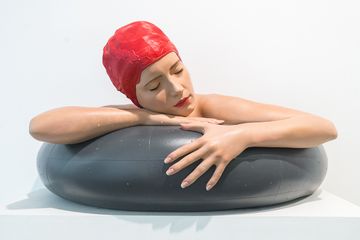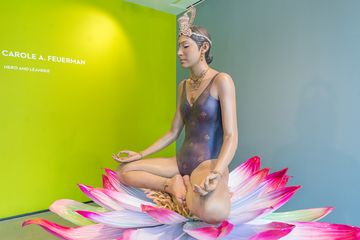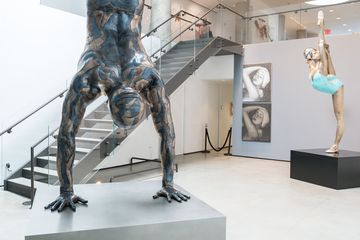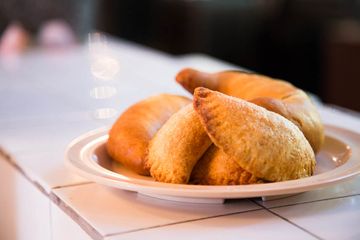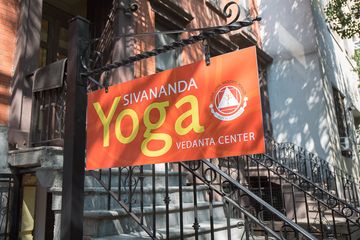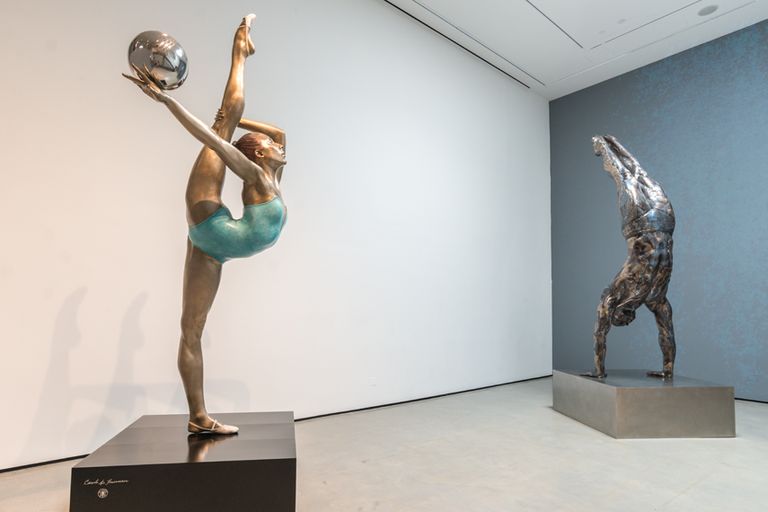
While 24th Street contains several world-renowned galleries, C24 is a less recognizable, but no less amazing art gallery. It was opened in September of 2011 by four partners: Emre and Maide Kurttepeli, Mel Dogan, and Ali Soyak. Though none were working directly in the art industry, all were united by a passion for art. “They thought, ‘Where’s the best place to open a gallery? New York!” explained Michelle Maigret, the director. “’Where’s the best place in New York? Chelsea! Where’s the best street in Chelsea? 24th Street!”
In 2015, C24’s building was purchased, so the owners found a new space down the block. This time, however, C24 will not be pushed out. In keeping with a block norm, C24 is the owner of its building, and with the new location came a new vision. “I think we have more of a direction now,” Michelle said. “When we moved out of our old space, we went through the artists and moved out the ones who weren’t going with the direction the directors wanted to take.” It was not just a move, as Meghan Schaetzle, the gallery manager, clarified, but “a rebirth of the gallery.”
The new C24 is more spacious than most of the surrounding galleries. There is an atrium as well as a large main room, featuring windows and glass doors, to create a naturally lit and generally welcoming environment. “Often, artists get restricted by gallery space,” explained Amanda Uribe, director of sales. “But here, they’re inspired by the possibilities.” The unique space allows C24 to step outside of what one might typically see on 24th Street - exhibiting all media, from miniature sculptures to monumental paintings to video art - and, recently, they have been moving towards multimedia or, as Michelle put it, “different media” displays.
Rather than follow in the footsteps of more established galleries and try to feature the “big hits,” C24 aims to represent contemporary, mid-career artists who are pushing the boundaries of their craft. As Michelle told me, “The big name artists are great and it’s always good to see their shows, but we have something different, fun, and interactive - and people always respond to it. There’s a different attitude, different feel, something fresh here.” In keeping with that theme, C24’s curation attempts to push boundaries with an international focus and is proud to feature a geographically diverse roster of artists. Additionally, C24 brings in an outside curator each year to organize a show in their space.
When it comes to the art world, keep an eye on C24: For the young gallery, things are only looking up. “We’ve been applying to some of the more prestigious art fairs and getting wait-listed, rather than flat-out rejected,” Michelle said. “We’re about to hit it.” Meghan concurred: “Stay tuned and see how we grow!”
